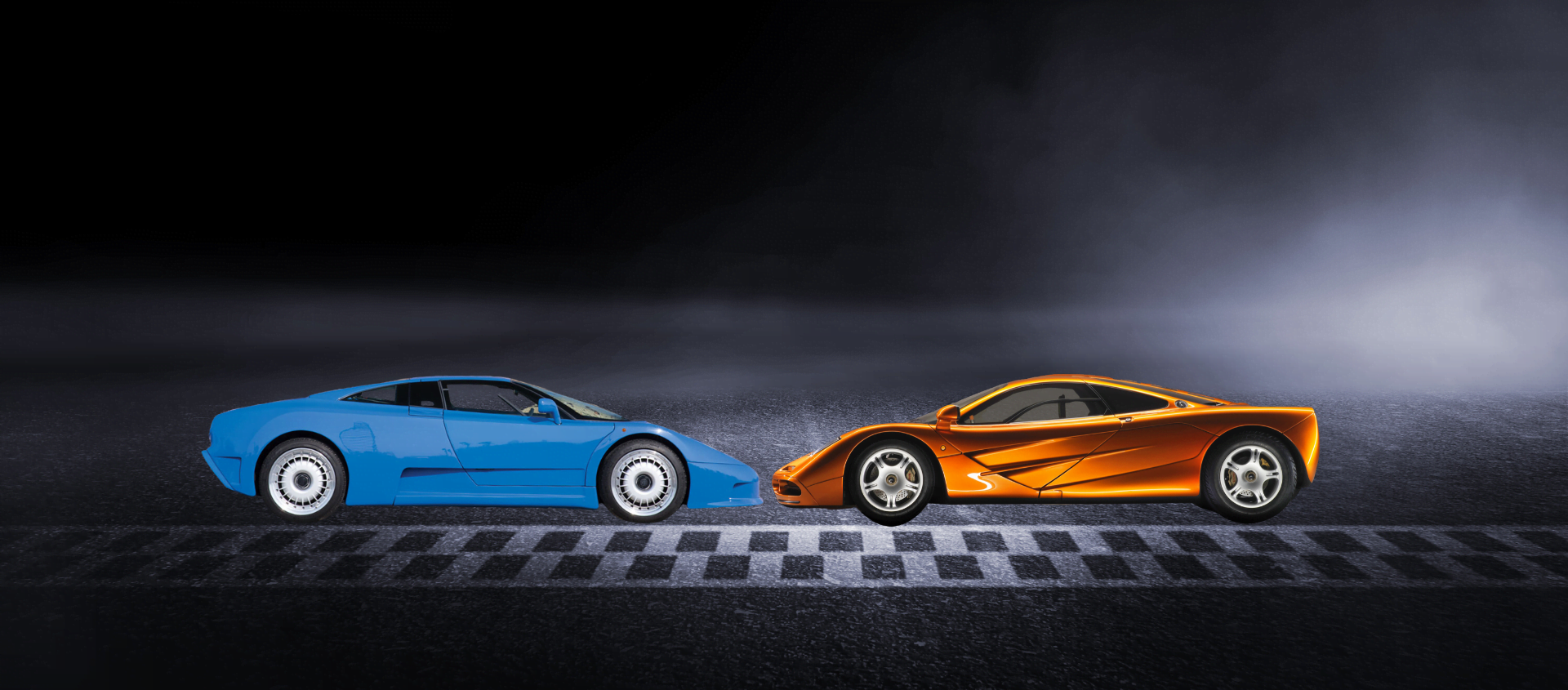Hypercar chapter 2: Bugatti EB 110 versus McLaren F1. What a match!
22 May 2020 2 min read 6 images

If, at the end of the 1980s, you were a wealthy Arab oil producer or a New York stock exchange trader, would never have accepted the fact that your neighbour drove a car not necessarily better but at least comparable to yours, would you? Never! You wanted more.
Register to unlock this article
Signing up is free and gives you access to hundreds of articles and additional benefits. See what’s included in your free membership. See what's included in your free membership.
Already have an account? Log In